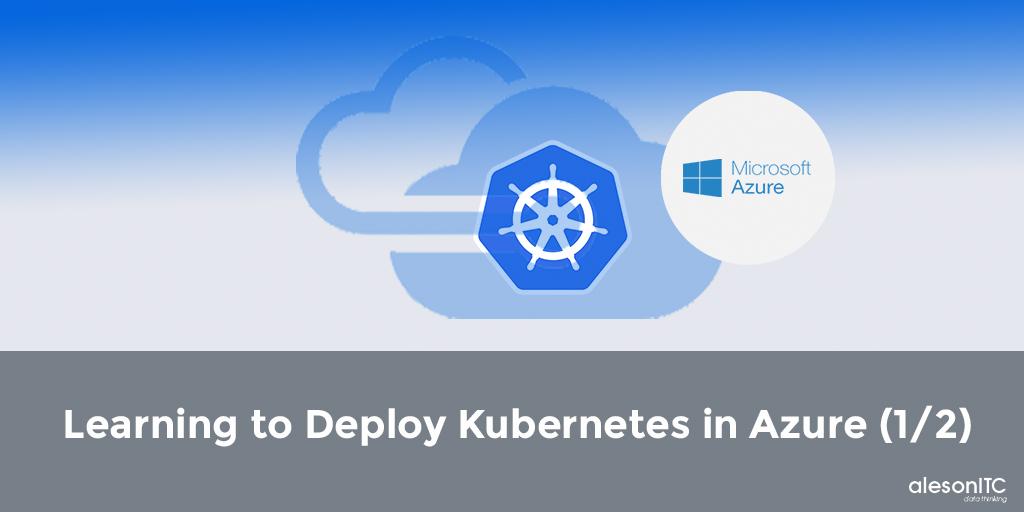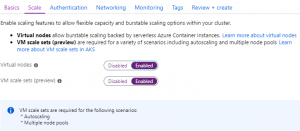Learning to deploy Kubernetes in Azure (1/2)

In today’s post I will explain how to prepare our Azure subscription to deploy the Kubernetes service.
Follow the simple steps below:
1. First of all we will need the VMSSPREVIEW service to use node scaling in AKS. This way we will open the command line to register the service in our subscription.

2. Add the extension to the subscription:
- az extension add –name aks-preview
3. Add the feature to our Microsoft.ContainerService:
- az feature register –name VMSSPreview –namespace Microsoft.ContainerService
4. And finally, we register our Microsoft.ContainerService:
- az provider register –namespace Microsoft.ContainerService
Registering this extension allows us to scale the nodes. This means, when the nodes receive too much load and the web is not functioning correctly, the Kubernetes service will raise the nodes it considers necessary to guarantee the correct functioning of the application.
We have to create a resource group. Give this group a name and mark the region that is most interesting, according to the use you need. (Some services are not available in every region.)

Once the resource group is created, we will deploy the Azure Kubernetes Service.
Enter the group of resources that we have created and click on add.

In the first window we present the resource group where we want to create.

We will also put the region which our nodes will be deployed. In our case we will put Western Europe as a Resource group.

We mark the number of nodes we want and change the size of the nodes according to our needs. The minimum RAM is 3.5 GiB.

In the Scale window we will enable the virtual nodes and the automatic scaling of the virtual machines.

If we want to monitor our AKS we will go to the Monitoring window and mark as enabled container monitoring. This will create a new resource group.

When everything is configured, we will give you a REVIEW AND CREATE and this window will validate the configuration .
Finally we deploy the architecture and voila!
The following post about Azure Kubernetes explains how to create a Kubernetes Dashboard and how to display an image of a default application.

Database Administrator. Centrado en la monitorización y el rendimiento de las bases de datos.

